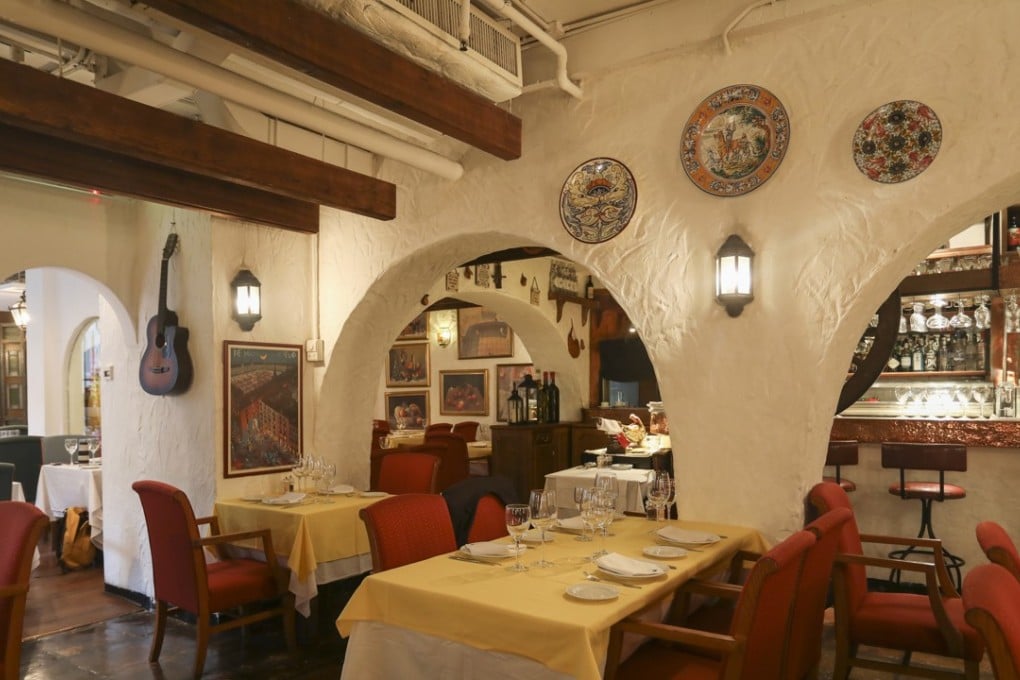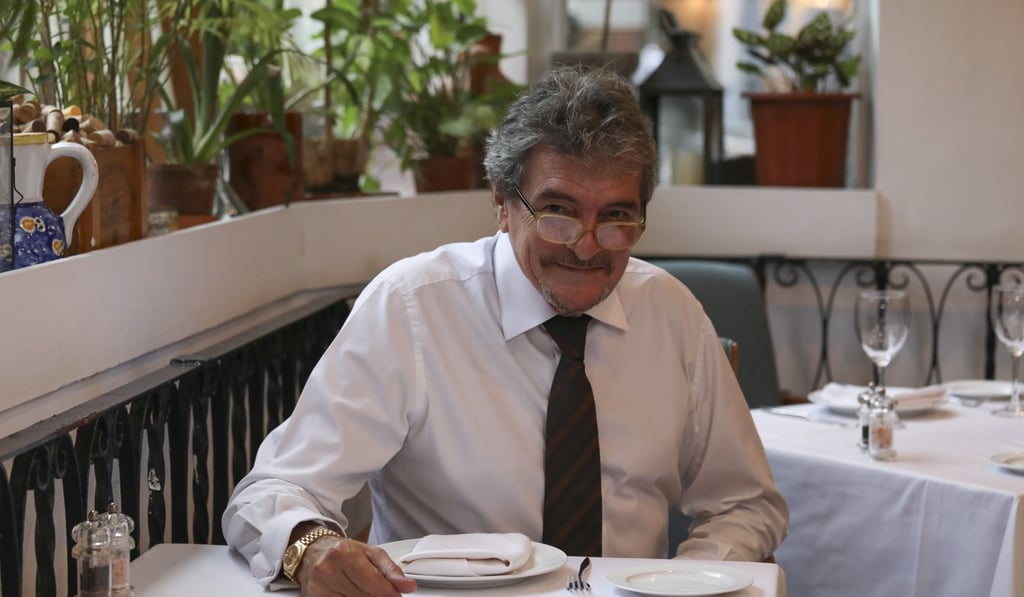Diner’s Diary | Classic Hong Kong restaurants: Olé’s Spanish owner on 20 years in business at same Central address and the secret to success
Carmelo Lopez, whose restaurant is still in the spot where it opened, admits he’s been lucky to have an understanding landlord, but credits its longevity to four things: the best produce, good chef and atmosphere, and friendly service

With so many restaurants in Hong Kong opening and closing, it can be hard to keep track of those that are still around. One that has stayed the course is Olé Spanish Restaurant in Central, which is not only celebrating its 20th anniversary this year, but 20 years in the same location.
Not many others can boast such a feat.

Owner Carmelo Lopez, 69, hails from Madrid and recalls that, when he moved to Hong Kong over 30 years ago, there were two Spanish restaurants in the city, which he said sold “imitation Spanish food”.
Lopez felt he had a leg-up on the competition, having owned a Spanish restaurant in Madrid and worked in a restaurant in Hong Kong for a year-and-a-half.
Asked his recipe for success, he says simply: “I always insist on the best produce, good chef, friendly service and a good atmosphere.”
